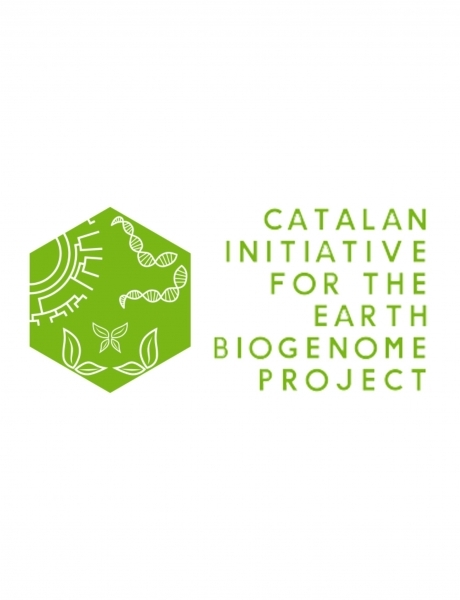
During last year, Ctenophora-sister hypothesis have been favoured by a couple of studies. The first discovered that comb jellies present a unique syncytial nervous system, not found in any other animal group. The second was based on comparing their genome structure (macrosynteny) against the other animals and their closest relatives. Nonetheless, the later study just used two ctenophore chromosome-scale genome assemblies. To overcome this limitation, this project will increase substantially the number of species with a complete genome assembly, increasing the genetic diversity of comb jellies. This will allow us to assess if there is a chromosome-scale conservation across comb jellies, and if the previous results stand off.
Together with with Dr. Lucas Leclère (Banyuls – CNRS), we already have sampled on the Mediterranean coasts multiple individuals from 6 different species belonging all to different families. Amongst them, we will choose those three that are more phylogenetically diverse, that yield better results in during the HMW DNA extraction, and are not being in the process of being sequenced by any other initiative.
The project will improve our understanding of the oceans diversity by generating a catalogue of comb jelly genomes, which may serve as a platform to interrogate far-reaching questions. Furthermore, we will test empirically novel phylogenetic approaches, such as analyses on micro- and macrosynteny, to test hypothesis concerning the root of the animal tree. The generating results will benefit a wide range of researchers, including evolutionary biologists, computational biologists, palaeontologists, neurobiologists, and zoologists.
This project is funded by the Institute of Catalan Studies, throught the Catalan Initiative for the Earth BioGenome Project.
THE ROLE OF CNAG
CNAG will perform sequencing, assembly, and annotation of species.
COORDINATION
Dr. Aurora Ruiz Herrera (Universitat Autonòma de Barcelona) will conduct the project.











